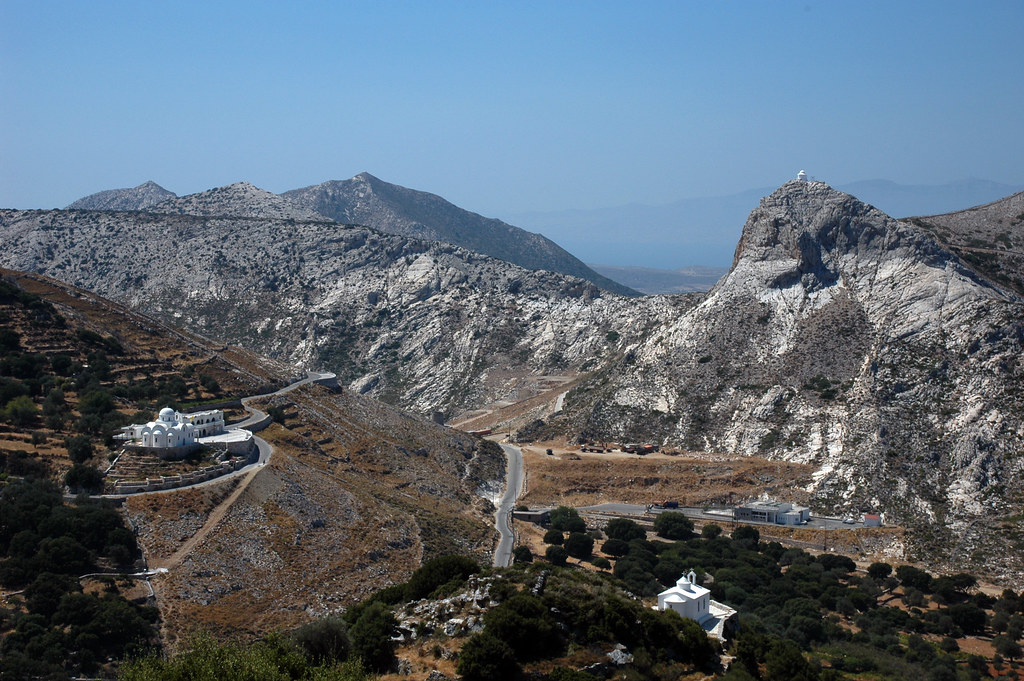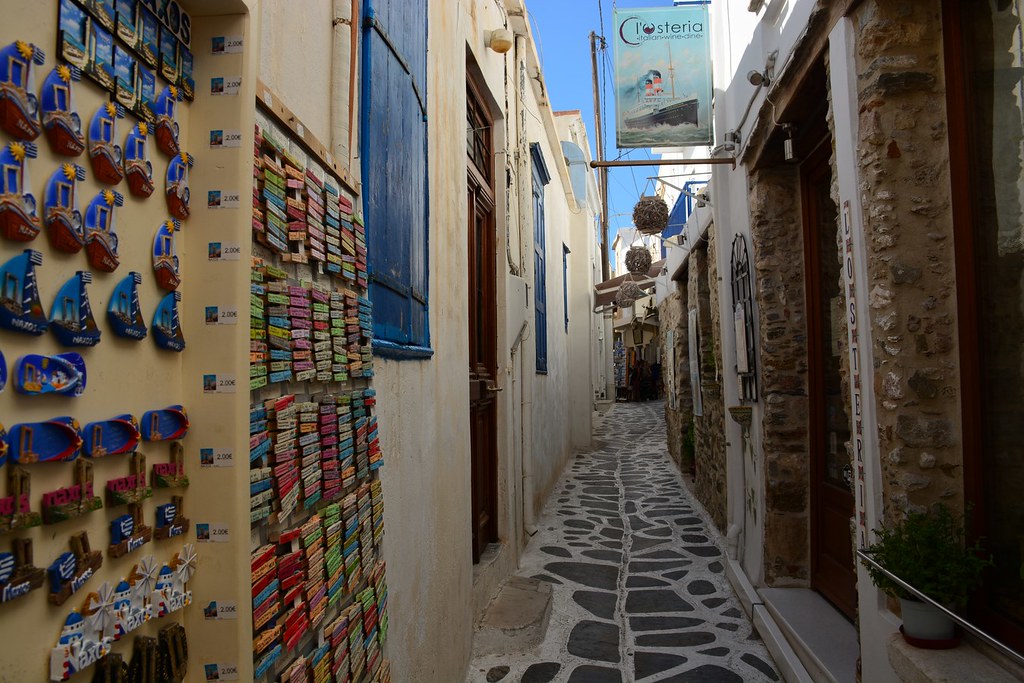15 Things Your Boss Wishes You Knew About Naxos
Here the sense of the marble makes a deep impression. There are marble vessels, marble idols and even frying pan shaped marble utensils. It was nature herself, Naxos being so rich in marble, which provided the stimulus for the males of the 3rd millennium BC, and for their successors. This first impression, however, need to not lead us to ignore the earthenware vessels, the jewellery, the obsidian blades and the various other helpful things. All these finds were funeral presents, that is to say, they were planned to remain with the departed in their last homes. They were usually put in front of the face of the dead, or, if more than 2 in number, they were spread around the tomb, with a choice for the corners. The customized of cremation was not practiced in the Cycladic duration.
We find ourselves, then, in the Naxos and the Cyclades of the period of Cycladic civilization, in the 3rd millennium BC and, more specifically, in what is referred to as the Early Clay frying-pan utensil with the characteristic Cycladic duration (3200-2000 BC). At that time there wereengraved spirals settlements on the coast at Grotta and on the eastern shoreline of the island, naturally with their cemeteries. It is from these latter that we have the discovers showed in the Naxos Museum, an abundant and complete collection. The numerous graveyards scattered about the island, the cautious plan of the body in the tomb, accompanied by the items which had actually been most treasured in life are testimony to the bond between the living and the dead, worship of the latter, faith in the cycle of life and death and belief in some continuity, some other type, possibly, of life.
On program in the cases are earthenware vessels from the Early Cycladic duration: round and spherical pyxides, plain or with incised decoration, and microscopic phials for paints. The clay from which they are made is coarse-grained and often not well baked. The design, where it exists, regularly forms a 'fish bone' pattern in repeated horizontal or vertical structures. The incisions of the decor have actually been filled with a white product, offering the impression of a bichromatic interplay of alternating white and dark colours.

Gradually the range of the clay vessels increases, as does the wealth of the incised and inscribed decoration on their surface areas. Spiral patterns predominate. Here we can see the well-known candlesticks, ewers, wine-pourers, several vessels, that is, complexes of twin, triple and numerous pyxides and complexes of lamps, utensils in the shape of animals, sauce boats, and so on. In their design a few of the vessels copy specific models. For instance, the pyxis copies the smoothed shell of a sea urchin. On the other hand, the marble vessels are austere and undecorated, relying totally on the natural charm of the product.
The pyxis in the kind of a sea urchin ends up being a kind of Cycladic little crater with the addition of a leg and a 'neck.'.
An unique place is held by the vessels in the shape of a frying pan. It would appear that this kind of vessel and its strange pattern of deal with were Cycladic creations. These are of clay, but in Naxos they are also found in marble. We do not understand precisely what their use was, though there are different guessworks: one is that, they were mirrors, the image being reflected in the water, whilst another interpretation is that they were used as drums in funeral processions, a piece of skin being stretched over the opening.
Decor is restricted to the external surfaces; in many cases the pattern of the pubic triangle is incised on the deal with. Typical here is a big spiral incised on the whole external surface of the bottom. A predominant location is held by the typical Cycladic many-oared boat with the fish and the flag on the high prow.
Nevertheless, the most important contribution of Cycladic civilization to art was the idols, which represented the first blooming of the plastic arts in Greece. Marble was utilized solely in these artifacts. In the collection of idols in the Naxos Museum we can trace male's effort in the 3rd millennium BC to render the human figure.
Some of the idols are entirely schematic. These started with a really small oval or triangular plaque, rounded to form the trunk, with a narrow extension to represent the neck and the head. This gives us the violin-shaped figure. This was followed by an attempt at a making of the human body that was more faithful to anatomical information. The head is now triangular or almond-shaped, with the neck clearly differentiated. The arms protrude at the shoulders like little wings, the abdomen and pubic area are frequently shown on the trunk and the legs end in the flat soles of the feet. It would appear that these figures, always upright and naked, represented ladies.
Naxos is among the Cycladic islands and it belongs to the Prefecture of the Cyclades. It lies a brief distance to the east of Paros whilst to its south and south-west are the islands of Irakleia, Schinousa, Epano Koufonisi, Kato Koufonisi, Keros and Ano and Kato Antikeri. To the east are the islets of Makares, Ayia Paraskevi, Strongili and Donousa.
Naxos is round naxos greece in shape. It has a length from north to south of 17.6 miles and a greatest width, approximately in the centre, of 13.2 miles. It covers an overall location of 430 square metres and its shoreline is 148 kilometres long. If we were to sail around the island from the north coast in a south-westerly direction then we would come across the bays of Limeneri, Kyra, Amyti, Ayios Georgios and Kyrades, the islets of Amarantes, Aspronisi and Parthenos, and the capes Kavos Mikris Viglas, Kouroupia and Katomeri (south). The east coast of Naxos is not as remarkably formed, with the exceptions of the capes of Axala and Kavo Stavro. The island is mountainous and a tall mountain range encounters the entire of the island, from the south to the north. The tallest peak is Mt Zeus (1,003 metres), which lies someplace in the middle of the mountain range. Other peaks are Koronos (997 m.), Anathematistra (778 m.), Mavrovouni (869 m.), Troullos (606 m.), Kerasea (523 m.), Mavri Petra (420 m.), Paliopyrgos (227 m.) and Viglatouri (418 m.).
Naxos has fertile earth and produces significant quantities of cereals, olive oil, fruit and white wine. Animals farming is likewise rather established, producing choose quality cheeses, as are tourism and the processing of agricultural fruit and vegetables. The primary income, however, is emery (' Naxiot earth'), which is mined in the north-east. A fine marble is also discovered in the mountain areas.
According to the census of 1981, Naxos had 14,037 inhabitants.

As far as its administration is concerned, in the past Naxos consisted of a town and many self-governing communities.

The current 'Capodistrias' program for the redistribution of local administration developed 2 big towns, the Municipality of Naxos, that includes Hora (the main town) and the surrounding areas, and the Municipality of Drymalia, which includes the former autonomous neighborhoods of the towns of Filoti, Apeiranthos, Koronos, Komiaki, Halki (Tragaia) and Moni. The other communities have remained as they were. The Town of Naxos is very established and has recently naxos made crucial advances in tourist also, all the income from which goes straight to the community handbag. The Municipality of Drymalia consists of the most developed towns of mountain Naxos, the homeowners of which want to enhancing their quality of life, developing their crops and farming and other sectors.